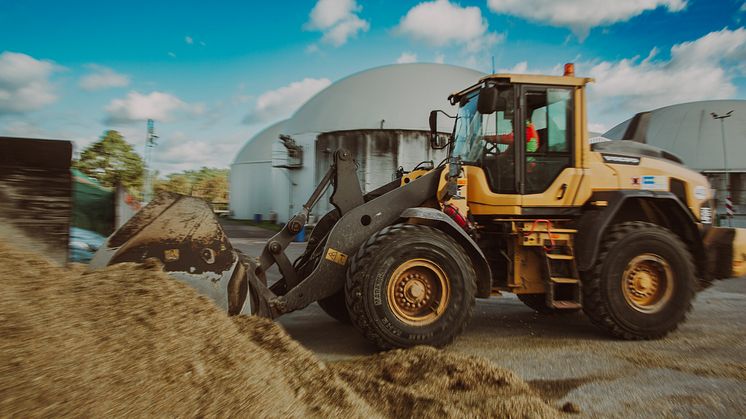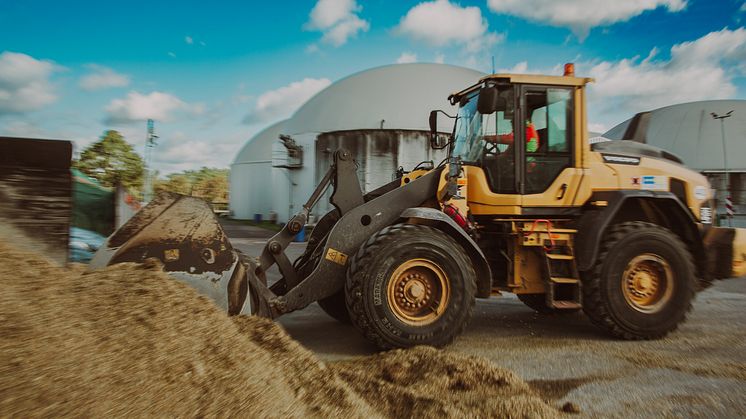
News -
Biomethane – promoted in Europe, Slowed Down in Germany
With 21 new plants, the increase in biogas feed-in plants recorded in Germany in 2024 was the highest in ten years. This brings the total number of biogas feed-in plants in Germany to 272, which feed almost 1.4 billion cubic meters of biomethane into the gas grid each year. This corresponds to around one-third of the natural gas produced in Germany or 1.6 percent of German gas consumption.
However, this increase is marginal compared to the enormous efforts being made in the rest of Europe, said Horst Seide, president of the German Biogas Association, at a press conference at the end of July, adding: “This small temporary high cannot hide the fact that Germany, the world market leader in biomethane, is gradually losing ground.”
Seide argues that Germany must urgently tighten administrative controls and create prospects if it is to meet its European targets. The gas grid regulation for biomethane in the Gas grid Access Ordinance (GasNZV) has been a key driver for the expansion of biomethane feed-in in Germany to date and a prerequisite for numerous projects that are still in the planning and implementation stages. The GasNZV expires at the end of 2025. Even though the current amendment to the Energy Industry Act (EnWG) provides for a transitional arrangement, operators lack long-term prospects – for projects that typically have planning phases lasting several years and cost many millions of euros.
This is exacerbated by greenhouse gas quota trading in the fuel sector, which has been disrupted by incorrectly declared fuel quantities and multiple counting, causing a drastic drop in prices and massive uncertainty in the industry.
"Biogas is always cheaper than new fossil gas power plants in economic terms, more readily available, and climate-friendly. Through the increased use of biomethane and bio-LNG, plants will also be able to operate during periods of low wind and low sunlight," said Horst Seide.
The German Biogas Association is therefore calling for a permanent successor regulation for the GasNZV to be introduced in the near future. It also believes that the greenhouse gas quota and the minimum share for advanced fuels, especially for 2027, must be raised and fraud effectively prevented.

